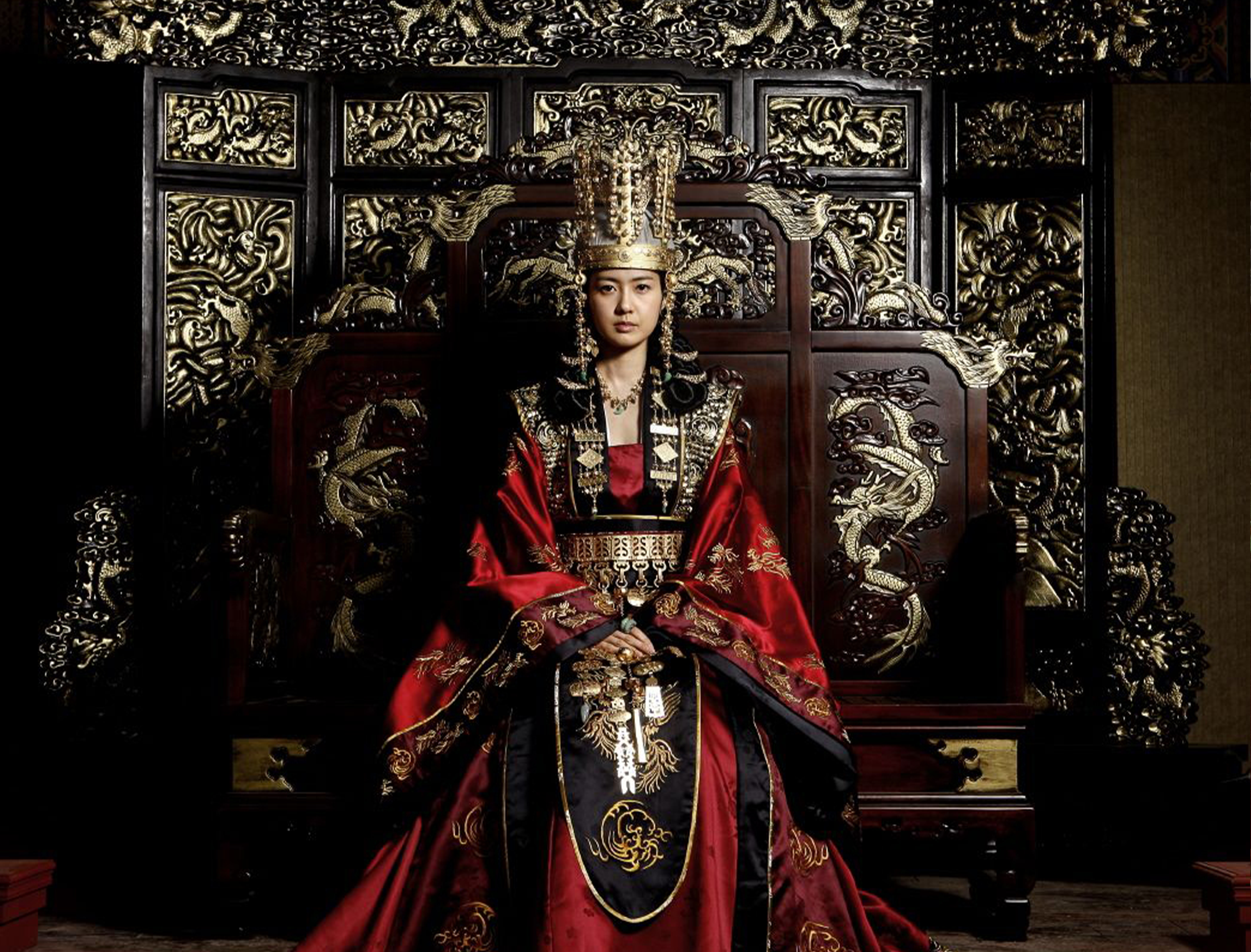Some of the most memorable aspects of Korean history are the monarchs that led the country through times of peace, war, and change. Though most remember rulers like King Sejong the Great and King Yeongjo, many agree that the country would not be what it is today without the contributions of Korea’s queens. Thanks to the detailed nature of Korean history, modern society is able to learn about the impact of these female royal leaders. Here are some Korean queens whose legacies survive to this day.
Empress Myeongseong (known informally as Queen Min) was the first official wife of King Gojong, the last king of the Joseon dynasty and the first emperor of the Korean Empire. She was known to be bright and independent from a young age. Later in her life, she became a strong advocate for education for Korean girls and modernization of the country; she also vocalized her opposition against Japanese imperialism and influence. Her death, a brutal assassination in a pro-Japanese conspiracy, led to international outcry. Her husband also reportedly refused a proposal to posthumously lower her status to commoner and stated, “I would rather slit my wrists and let them bleed than disgrace the woman who saved this kingdom.”

Queen Seondeok was the twenty-seventh ruler and first reigning queen of Silla, one of the Three Kingdoms of Korea. Selected by her father King Jinpyeong, to be his successor, she was well known as an intelligent and benevolent ruler. During her reign, Queen Seondeok had an astronomical observatory built to help farmers and announced a year of tax exemption for the poor and tax reduction for the middle class, winning the people’s support against the male aristocracy. Though she often had to wage war against other nations to prevent the invasion of her country, she eventually laid the foundation for unifying the Three Kingdoms under Silla.

Queen Inhyeon was the second queen consort of King Sukjong of Joseon. She married at the age of fourteen but did not have any children. Queen Inhyeon was eventually exiled after a bloody dispute between her supporters and those of Jang Ok-jeong, the King’s royal concubine, following the birth of Ok-jeong’s son with King Sukjong. Though Queen Inhyeon was later reinstated, she passed away from an unknown disease leaving behind her reputation as a kind and virtuous ruler to her people.




Leave a comment